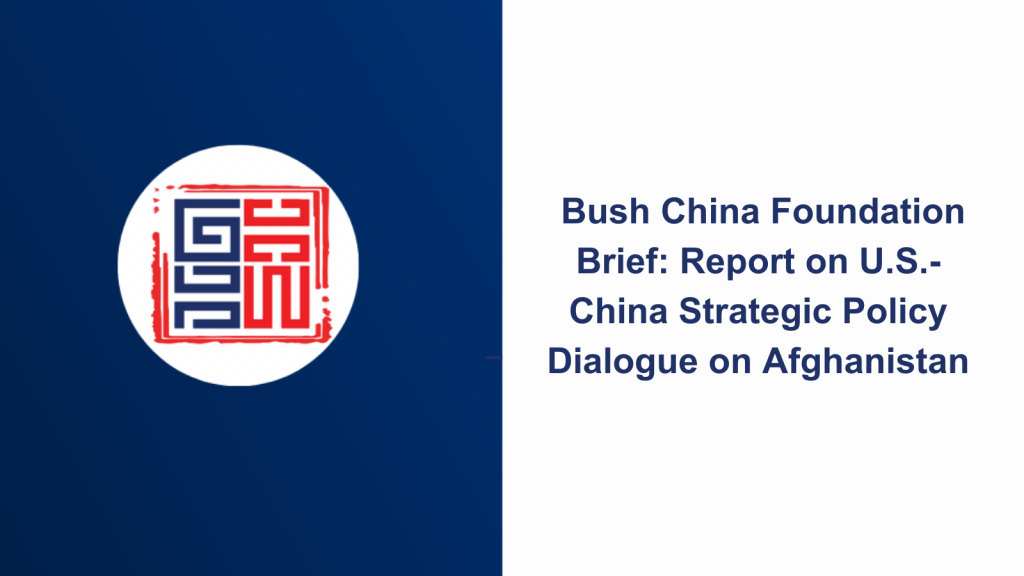January 31, 2022
by: Zoe Leung and Cameron Waltz
Share this Article
Amid simmering cross-strait tensions, experts and officials alike have predicted that a Chinese invasion of Taiwan could happen in the next 10 years, if not sooner. However, the headlines shroud the crucial role that Taiwan will play in shaping the cross-strait dynamics. Amid escalating U.S.-China strategic competition, the island’s 2024 presidential election will shape crisis management in East Asia.
A new president from the current ruling party, the independence-leaning Democratic Progressive Party (DPP), would continue to erect barriers to unification with the People’s Republic of China (PRC), including cementing Taiwan’s identity as a democratic beacon and further strengthening integrated deterrence with the U.S. and its allies in Asia. Although Beijing considers Taiwan President Tsai Ing-wen to be a separatist, she was uniquely moderate on cross-strait relations compared to her party’s leadership bench.
The DPP’s nominee to succeed Tsai, Vice President Lai Ching-te, represents a faction that favors a harder line on Taiwanese independence than Tsai. However, he has recently softened his tone to meet the popular preference for the status quo. Should Lai win the presidency, Beijing would probably turn up the pressure on Taiwan, even though Lai is unlikely to launch a move toward formal independence.
Should voters elect a yet-named candidate from the unification-leaning Kuomintang (KMT), that president would likely take a more conciliatory approach to appease Beijing. Thus far, the KMT’s campaign has focused on portraying itself as the only party that can work effectively with the PRC, presenting voters with the binary choice between peace and prosperity versus tensions and sanctions. Though factions of the KMT still support unification with the PRC, the Taiwanese public’s hostility toward unification means that any move to open that door would be politically untenable.
Instead, a KMT president would likely focus on economic and social integration with Beijing as a means of delaying questions of unification. This approach would appeal to Taiwanese businesses and voters who wish to return to the era of relative cross-strait stability under Tsai’s predecessor, Ma Ying-jeou. Still, a potential cross-strait détente would require serious concessions from Taipei.
Taiwanese voters, regardless of their ideal preference for formal independence or unification, overwhelmingly support maintaining the cross-strait status quo in practice. Still, they are polarized on which party’s strategy is optimal for doing so. Further complicating voters’ choices, a potential longshot third-party run by former Taipei mayor Ko Wen-je, though very unlikely to win, could cause Taiwan’s next president to be elected without an outright majority or popular mandate.
Beijing, of course, has a horse in this race and would prefer a more amenable KMT president. What remains to be seen is which tactics the PRC will use to sway Taiwan’s voters.
Beijing has significant penetration into Taiwan’s society to influence public opinion by covertly spreading disinformation and overtly threatening war. The PRC has previously rewarded Taipei with diplomatic truces and trade agreements when Taiwan’s authorities were compliant and lashed out by banning exports and freezing official contacts when they rebelled. How Beijing leverages its economic power and influence network leading up to 2024 may either attract or repulse Taiwanese swing voters. With “peaceful reunification” still Beijing’s preferred policy outcome (while economic and military coercion is not being ruled out), its ability to persuade Taiwan’s public that unification is the best — or only — way forward can play a decisive role in the 2024 elections.
Historically, Beijing’s actions have influenced Taiwan’s election outcomes. In 1997, the PRC conducted missile drills off Taiwan’s coast to intimidate supporters of incumbent Lee Teng-hui days before the island’s first democratic presidential election, which backfired by rallying voters to support Lee. Moreover, major KMT losses in Taiwan’s 2014 local elections and 2016 national elections were attributed, in part, to a nationalist backlash against President Ma Ying-jeou’s engagement with the PRC. The 2019 Hong Kong protests and subsequent dismantling of the “one country, two systems” formula also notably propelled Tsai Ing-wen to reelection in 2020.
In line with this trend, foreign affairs may sway this election too. The recent meeting between Tsai and U.S. House Speaker Kevin McCarthy (R-Calif.) and the ensuing Chinese military drills can be viewed as either promising or unsettling by Taiwanese swing voters. Cross-strait tensions are prone to spiraling, with any number of perceived provocations begetting countermeasures. Such an action-reaction cycle between the U.S. and China in the run-up to 2024 could stir Taiwanese politics and alter the election’s outcome.
Taiwan’s upcoming election will shape its relationship with Beijing and Washington in one way or another. With the escalating U.S.-China rivalry, the stakes are high. Though it is hard to imagine Taiwan’s next president flipping the geostrategic chess board, the DPP and KMT’s differing strategies will influence Beijing’s aggressiveness, Taiwan’s vulnerability to coercion and perhaps even the timeline of a potential cross-strait crisis.

